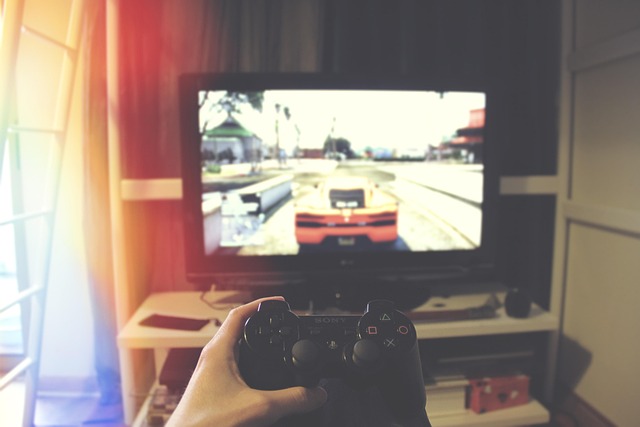In the ever-evolving world of gaming and eSports, the importance of visuals cannot be overstated. As developers, we are constantly on the hunt for ways to create immersive, stunning experiences for players, and that’s where image processing techniques come into play. With advancements in technology, the potential to revolutionize our approach to gaming visuals has never been greater.
When we talk about image processing, it’s not just about making things look pretty. It’s about enhancing clarity, improving performance, and ultimately creating a more engaging experience. Whether it’s through real-time graphics rendering or polishing textures, the right techniques can make a world of difference. Developers must harness these methodologies to ensure that their games not only stand out visually but also run smoothly on a variety of platforms.
In the context of competitive gaming and eSports, image processing can have a monumental impact. High-resolution textures and real-time lighting effects can bring a level of realism that allows players to fully immerse themselves in the game world. Imagine a shooter where every bullet can be tracked, and every explosion looks realistic—this not only enhances gameplay but also elevates the competitive nature of eSports. Players can react quicker and make strategic decisions based on the quality of what they see.
Moreover, layered with AI and machine learning capabilities, image processing can predict player behavior, allowing developers to adapt and personalize gaming experiences. This can range from adjusting difficulty levels based on player performance to crafting unique visual effects based on user preferences. As developers, understanding how to leverage these technologies opens up a whole new realm of possibilities that can keep gamers coming back for more.
When creating games, particularly for eSports, consider how crucial it is to optimize your image processing pipeline. Utilizing techniques such as texture baking, mipmapping, and super sampling can significantly impact performance without sacrificing quality. These tools enable developers to create rich, detailed visuals while maintaining high frame rates—a vital aspect for competitive play.
As we move forward in the development of gaming technology, keeping abreast of new image processing methods will be key. Whether you’re a seasoned developer or new to the field, understanding these techniques can position you at the forefront of the gaming revolution. From enhancing player experience to creating a memorable aesthetic, the potential is limitless. The next time you log into your favorite game or watch an eSports championship, take a moment to appreciate the intricate image processing work that brings those fantasy worlds to life. Embrace these advancements, and you might just find yourself leading the charge in the future of gaming.




